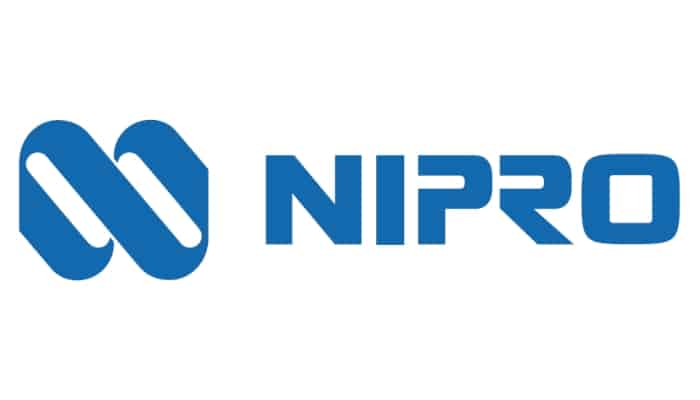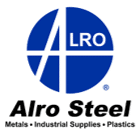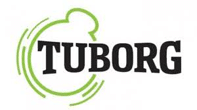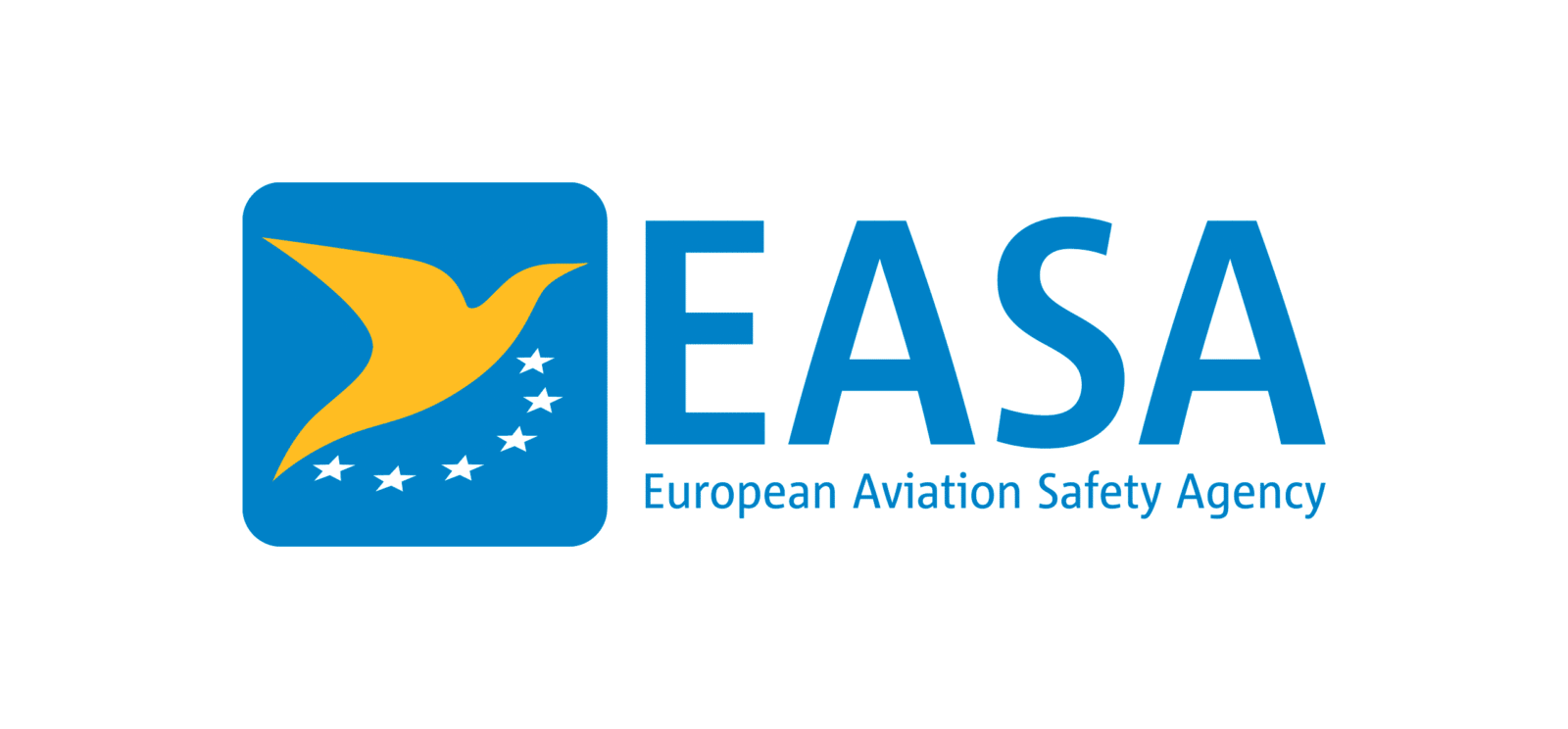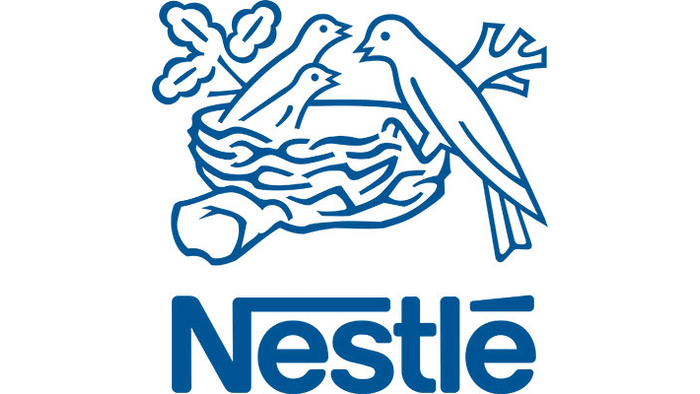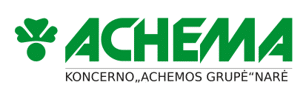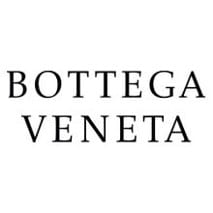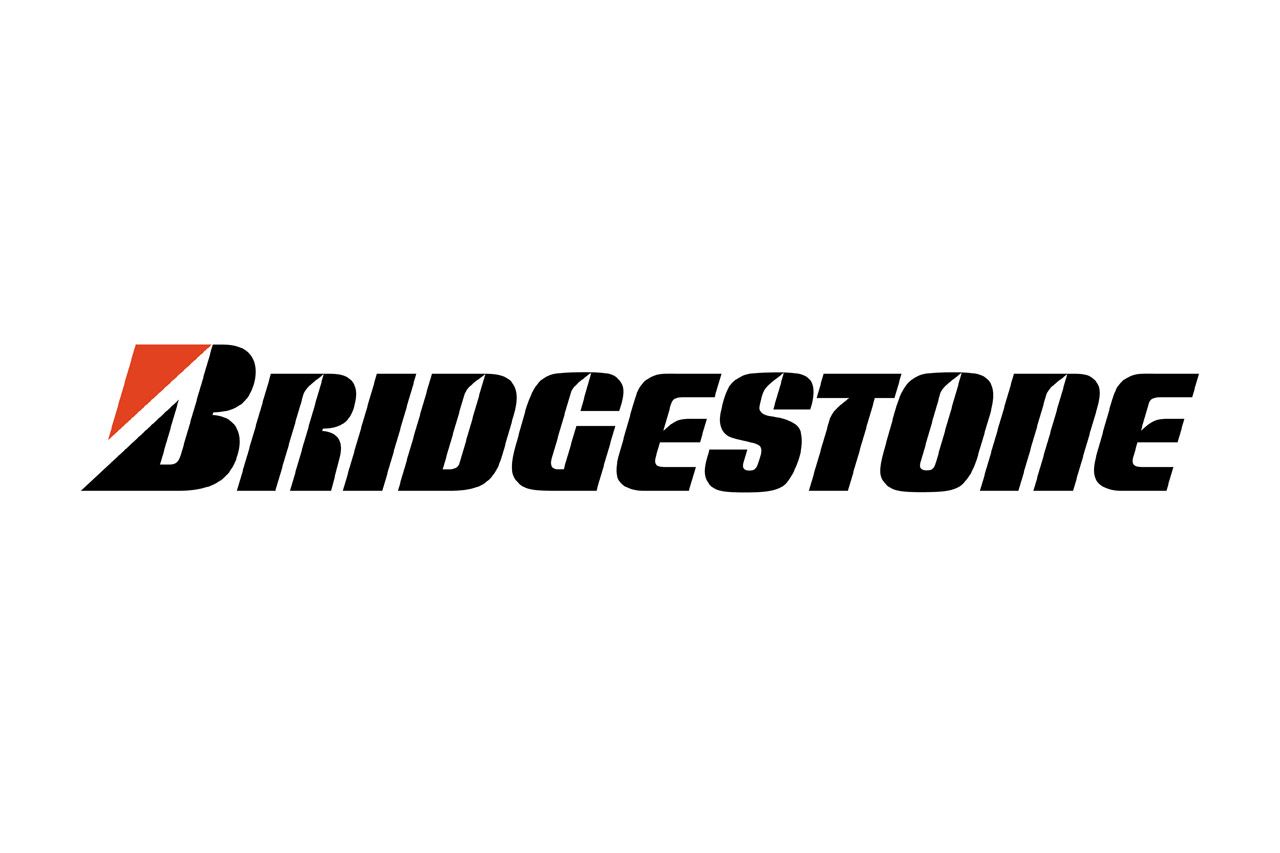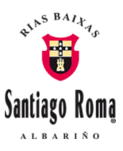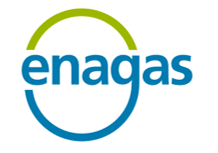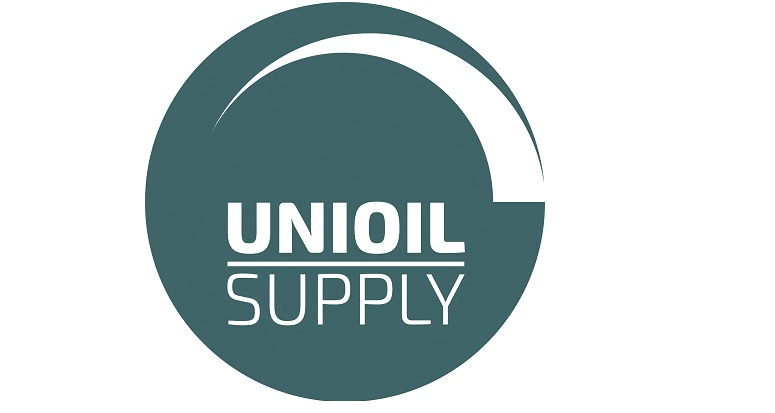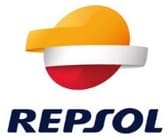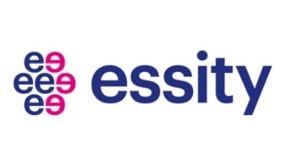
ETS 2
Our specialized team can help you understand how ETS2 works, keep you informed of legislative developments and their impact on your business. We can also help you develop an early compliance strategy.
What is ETS 2?
In 2023, European authorities created a new emissions trading system: Emissions Trading System 2 (ETS 2). The new cap and trade scheme covers fuel combustion in buildings and road transport sectors as well as all the EU industries that are either not covered by ETS 1 or have fallen out of its scope. ETS 2 and EU ETS will remain separate but parallel.
Stay up to date.
Request newsletter

Learn more
Suppliers of fuel for road transport and buildings must prepare for the entry into force of ETS 2. Covered companies will be obliged to monitor and report their emissions, and by 2028 they will have to acquire and surrender emission allowances corresponding to their 2027 emissions.
If you want to know how market-based mechanisms mitigate climate change Visit our glossary
Some of our clients




